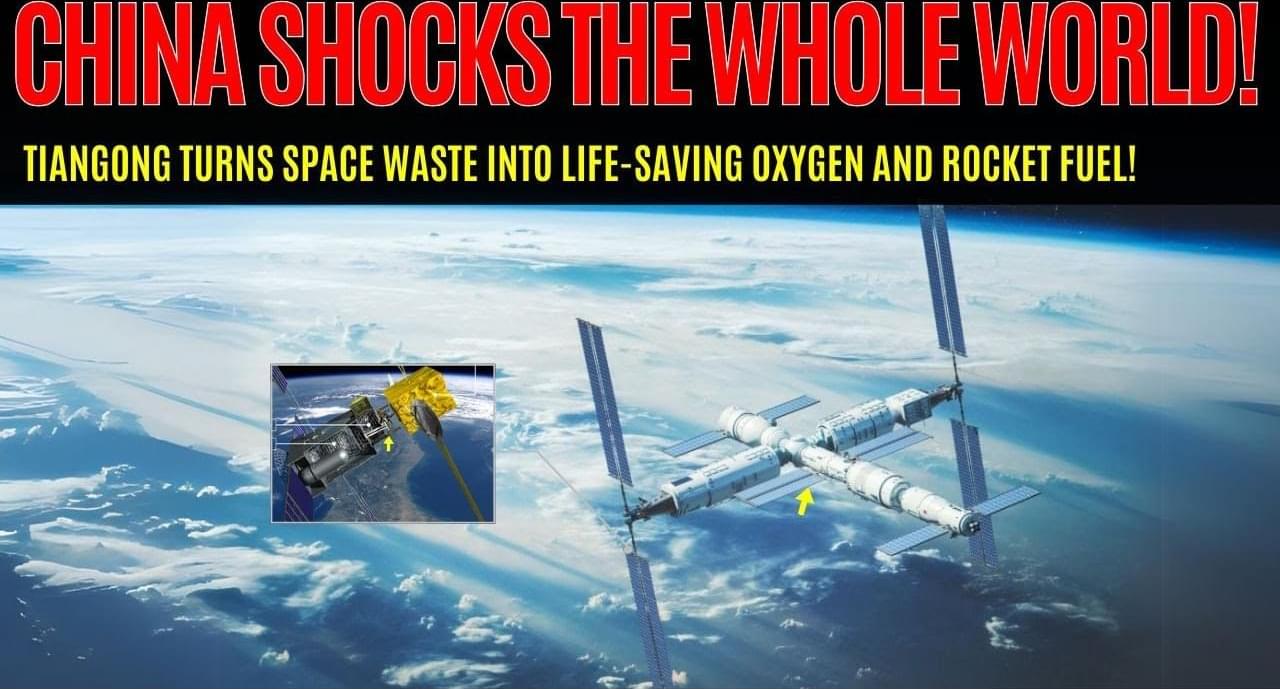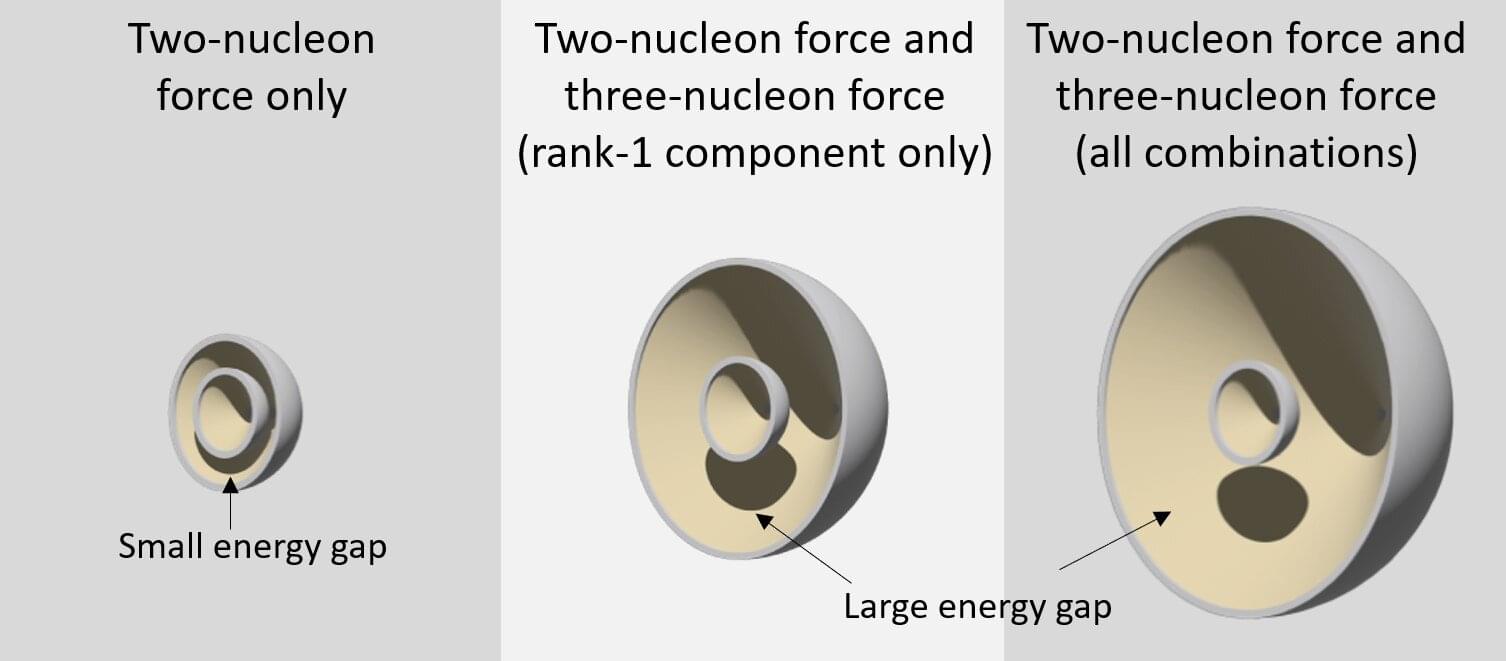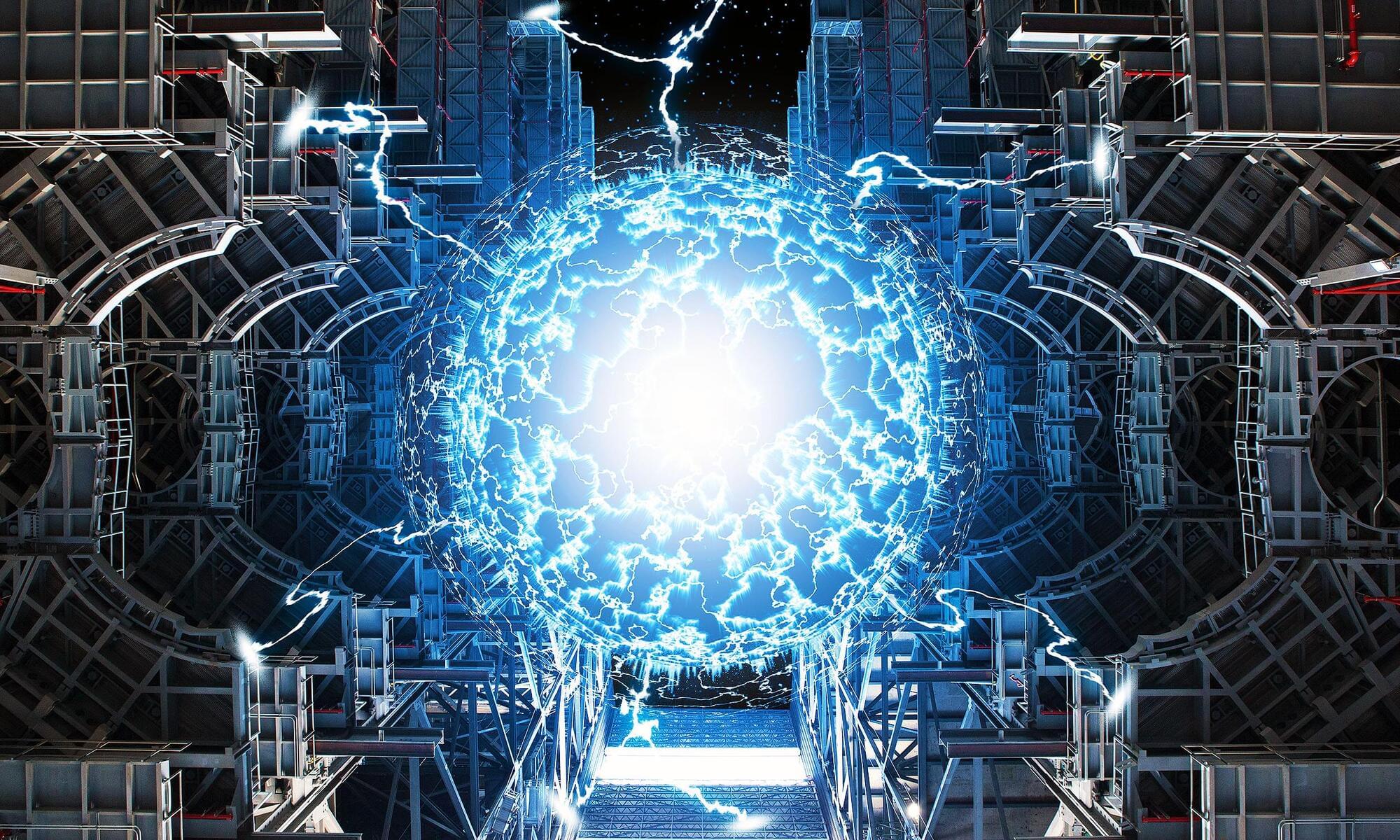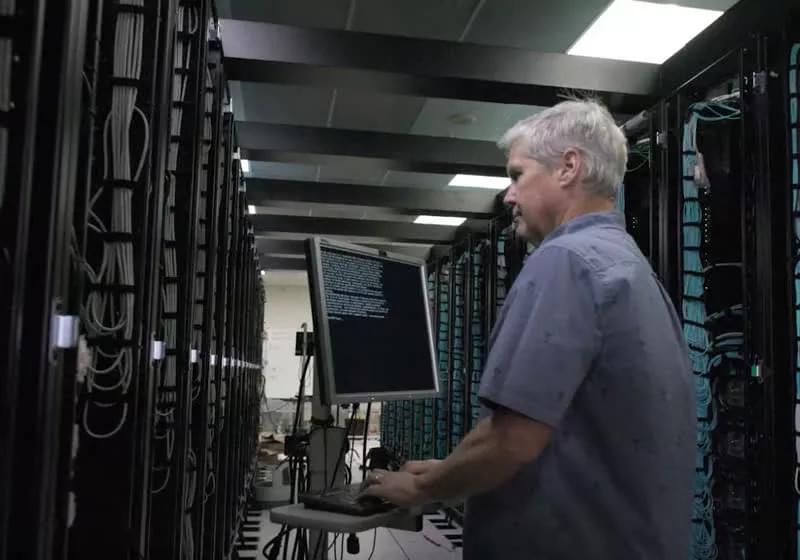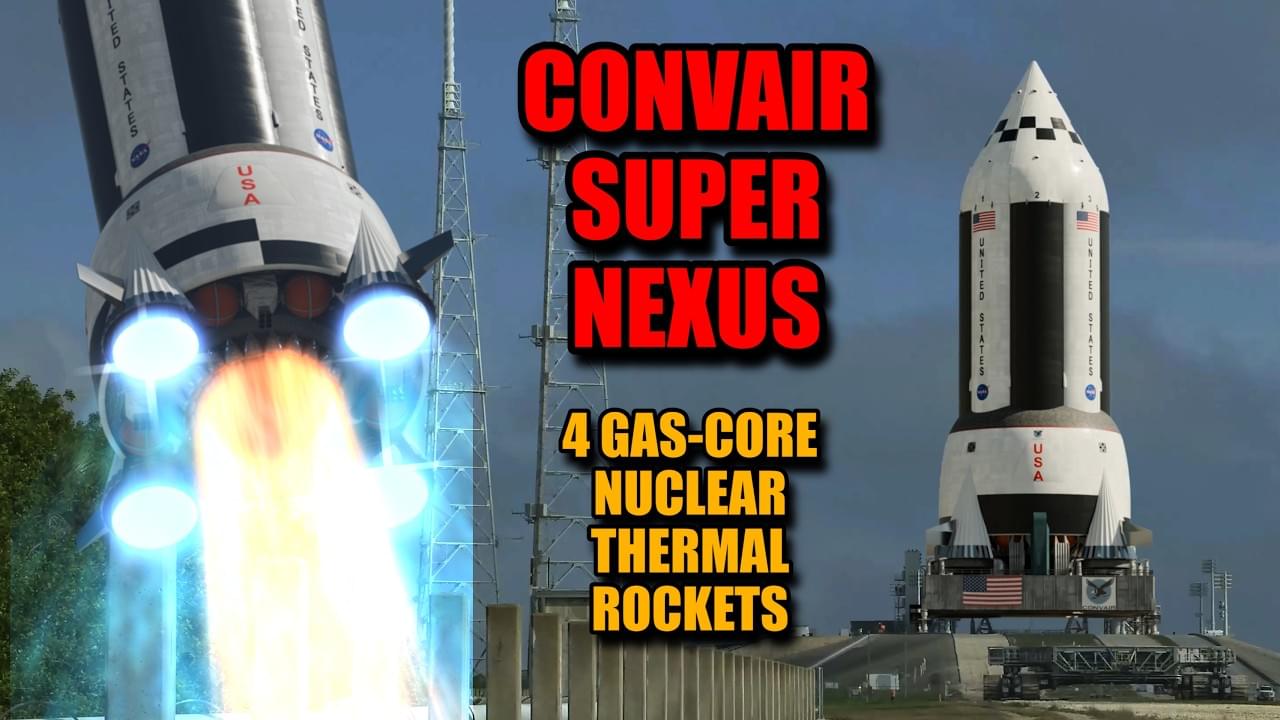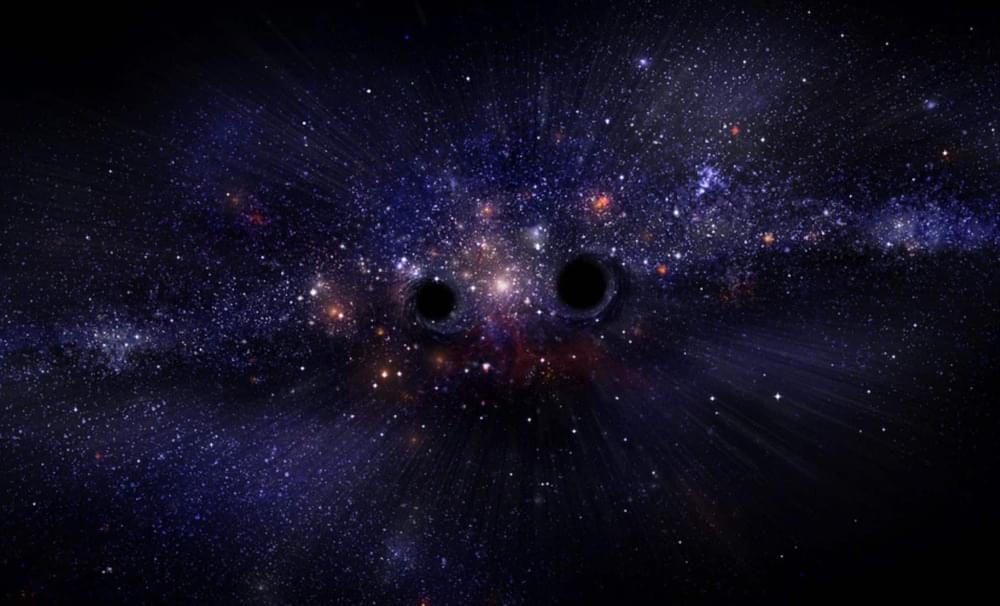Detecting dark matter, the elusive type of matter predicted to account for most of the universe’s mass, has so far proved to be very challenging. While physicists have not yet been able to determine what exactly this matter consists of, various large-scale experiments worldwide have been trying to detect different theoretical dark matter particles.
One of these candidates is so-called light dark matter (LDM), particles with low masses below a few giga-electron volts (GeV/c2). Theories suggest that these particles could weakly interact with ordinary matter, yet the weakness of these interactions could make them difficult to detect.
The NEON (Neutrino Elastic Scattering Observation with Nal) collaboration, a group of researchers analyzing data collected by the NEON detector at the Hanbit nuclear reactor in South Korea, have published the results of their first direct search for LDM.

